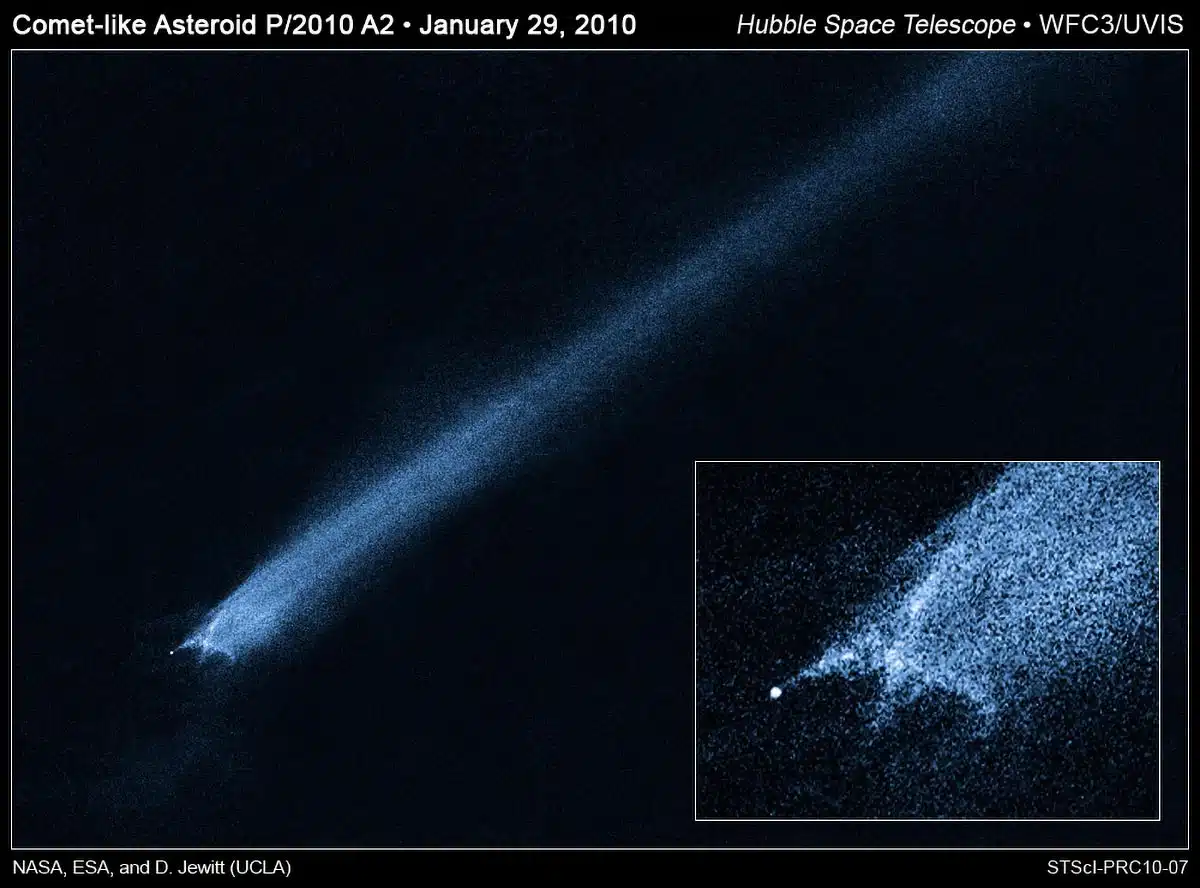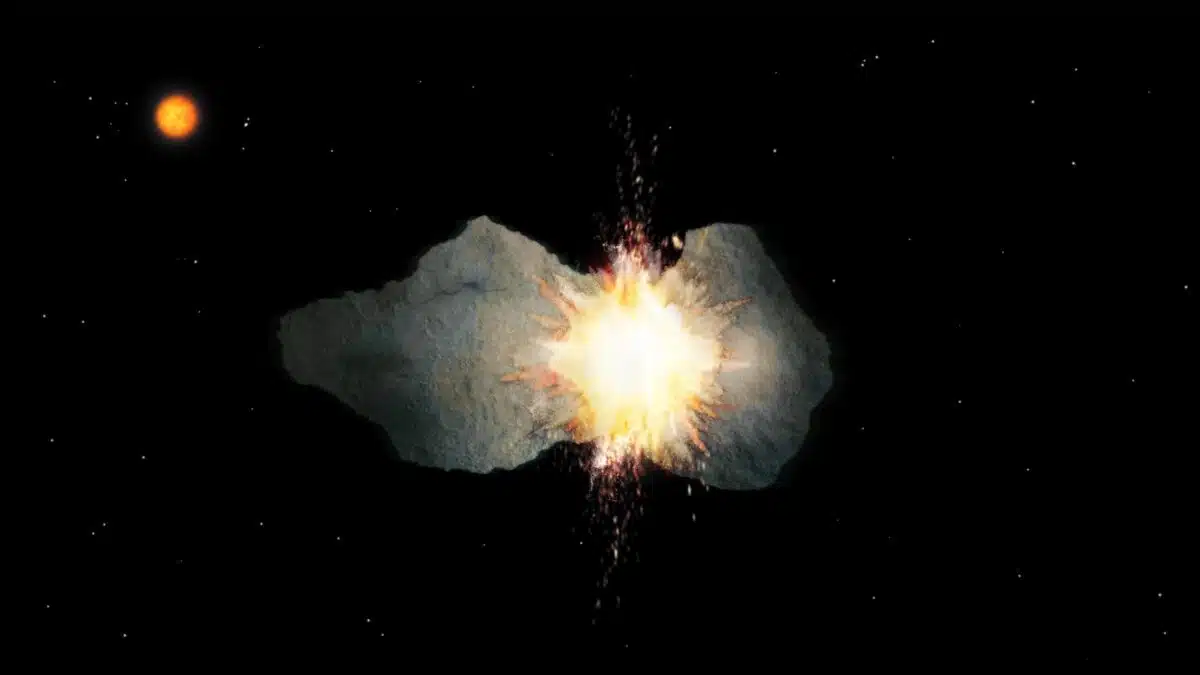The European Space Agency’s Gaia mission has cracked the long-standing puzzle of why some asteroids spin smoothly while others tumble unpredictably. New data presented at the EPSC-DPS2025 Joint Meeting in Helsinki reveal that the secret behind asteroid rotation lies in a delicate balance between cosmic collisions and internal friction.
For years, scientists have been puzzled by the wide variety of asteroid spin behaviors. Some rotate steadily on their axis, while others seem to wobble uncontrollably.
Cosmic Collisions and Internal Friction at Play
The Gaia mission has unveiled that asteroid rotation is shaped by the ongoing battle between collisions and internal friction. When asteroids collide with other objects in space, they can be knocked into a tumbling state. Over time, however, internal friction works to stabilize the rotation, bringing the asteroid back to a steady spin.
According to Dr. Wen-Han Zhou of the University of Tokyo, who led the research avaliable ont the Europlanet website, these two opposing processes create a natural dividing line in asteroid rotation patterns. His team developed a new model of asteroid spin evolution to explain this phenomenon.
Using Gaia’s detailed light curve data, which tracks the changes in brightness as asteroids rotate, researchers identified a distinct gap that divides two types of rotation behaviors.
“By leveraging Gaia’s unique dataset, advanced modelling and A.I. tools, we’ve revealed the hidden physics shaping asteroid rotation, and opened a new window into the interiors of these ancient worlds,” explained Dr. Zhou
 Asteroid collisions are common, as seen in this 2010 Hubble Space Telescope image of a head-on impact. Credit: NASA/ESA/D. Jewitt (UCLA)
Asteroid collisions are common, as seen in this 2010 Hubble Space Telescope image of a head-on impact. Credit: NASA/ESA/D. Jewitt (UCLA)
Sunlight: A Subtle Influence on Asteroid Rotation
Also, asteroids absorb solar heat and re-radiate it in different directions. This process, known as the Yarkovsky effect, can gradually alter the spin rate of an asteroid depending on its surface temperature and orientation. However, according to the study, sunlight has a different effect on tumbling asteroids compared to those that spin smoothly.
For asteroids that spin steadily, the constant absorption and re-emission of heat gives them a steady push, either speeding up or slowing down their rotation. On the other hand, tumbling asteroids take in sunlight from different angles, causing the thermal push to cancel out. Because of this, their spin changes much more slowly, and they end up stuck in a slow, steady rotation that can last for thousands of years.
 An image of two asteroids in collision. Credit: Europlanet/T.Roger
An image of two asteroids in collision. Credit: Europlanet/T.Roger
A Window into Asteroid Composition
Researchers think that asteroids with chaotic, slow spins are probably made up of loose rubble piles—groups of rock, dust, and other materials that are loosely held together by gravity. These objects aren’t solid, dense rocks but more like collections of debris, which affects how they react to external forces like impacts or solar radiation.
Knowing what an asteroid is made of can help scientists predict how it will respond to deflection attempts, like the kinetic impact method shown by NASA’s DART mission. As Dr. Zhou points out:
“With forthcoming surveys like the Vera C. Rubin Observatory’s Legacy Survey of Space and Time (LSST), we’ll be able to apply this method to millions more asteroids, refining our understanding of their evolution and make-up.”

